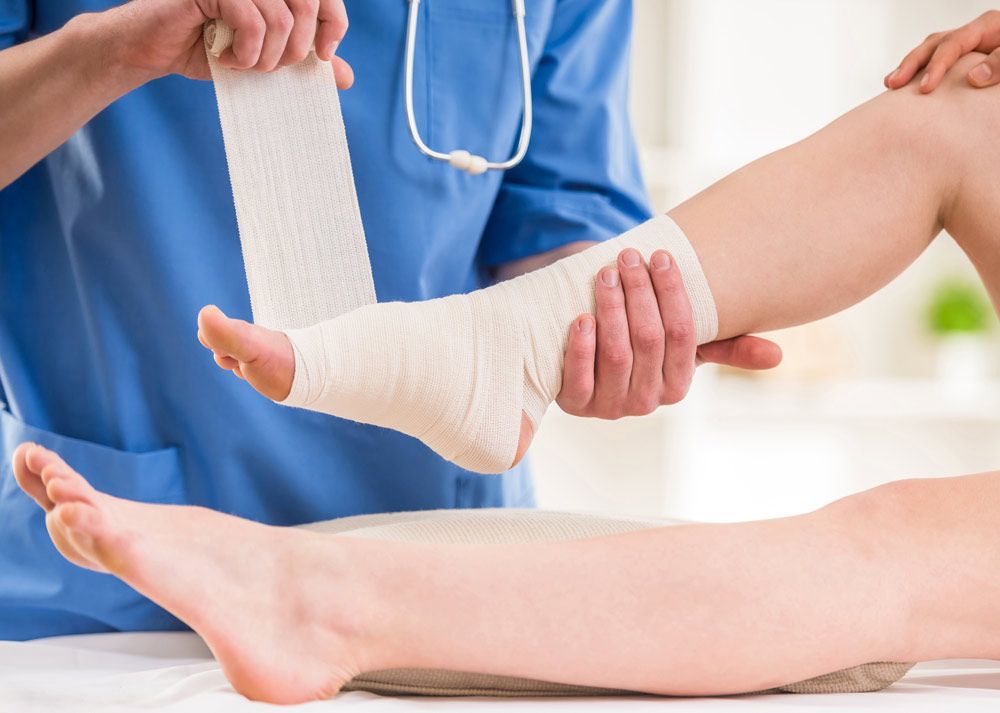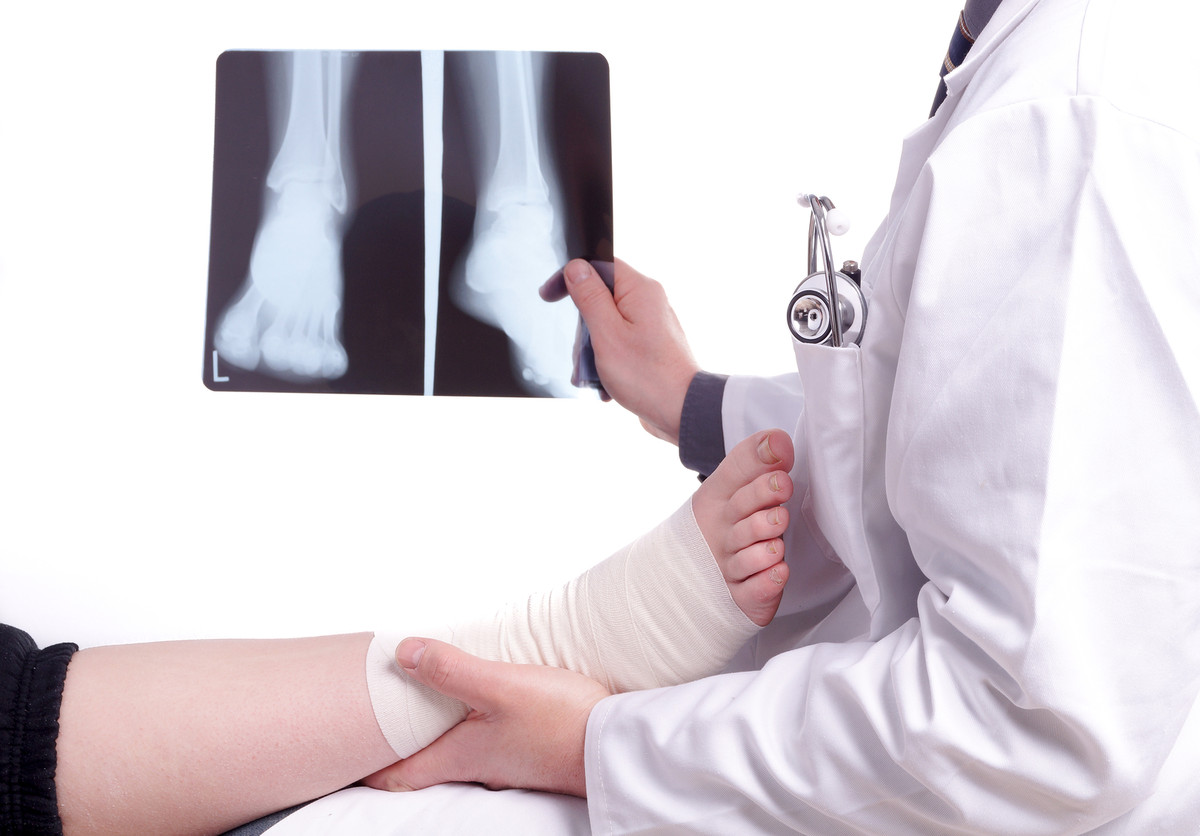This month, Chad A. Krueger, MD, JBJS Deputy Editor for Social Media, selected the five most clinically compelling findings from among the 60 noteworthy studies summarized in “What’s New in Foot and Ankle Surgery.”
Syndesmotic Injury
–In a Level-II prospective cohort study, 48 patients were reviewed 12 months after transsyndesmotic stabilization with 1 or 2 quadricortically positioned screws.1 Although malreduction of >3 mm or 15° rotation was observed in 30% of the patients, outcome scores were equivalent compared with patients in the anatomically reduced group. Age, obesity, fracture pattern, and screw configuration had no effect on functional outcomes.

Total Ankle Replacement
–A Level-II prospective cohort study compared outcomes of older-generation and newer-generation total ankle replacements (n = 170) with ankle arthrodesis (n = 103). At the 3-year follow-up, both replacement and fusion resulted in improved function and reduced pain, and a pooled comparison of all outcome scores revealed no difference between the 2 procedures. However, subset analyses showed that patients who received newer-generation implants had significantly better outcomes than those who underwent arthrodesis.
Pain Management
–A prospective study analyzing opioid utilization among 988 patients following an outpatient foot and ankle surgical procedure found that only 50% of prescribed opioids were utilized.2 Risk factors for increased opioid consumption included continuous infusion catheter or regional-block anesthesia, age <60 years, high preoperative pain levels, and surgery involving the ankle or hindfoot.

Hallux Rigidus
–Authors of a prospective multicenter series followed 80 patients who underwent a first metatarsophalangeal joint arthroplasty with a 3-component, unconstrained, cementless implant.3 They reported significant improvement in AOFAS Ankle-Hindfoot Scale scores and range of motion at a median follow-up of 11.5 years, with 91.5% implant survival at 15 years. Two patients had periprosthetic cysts on the metatarsal side and 13 patients had phalangeal cysts, but the presence of cysts did not influence clinical results. Multivariate analysis showed a correlation between reduced AOFAS scores and arthrosis of the metatarsosesamoid junction, prompting the authors to suggest that the sesamoid should be enucleated in the presence of substantial arthrosis, fracture, or chondromalacia.
Clubfoot
–Deformity recurrence following Ponseti casting is often treated surgically. However, a comparative cohort study of 35 patients found that repeat casting and bracing for recurrent clubfoot resulted in acceptable 7-year outcomes in 26 (74%) of the patients. The authors suggest that in many children repeat casting should be the first-line intervention in relapsed deformity.
PUSM MEDICAL DEVICE CO., LTD.
Contact:
Website: www.pusm-medical.com
Email: info@pusm-medical.com
Tel: +86-24-23519517
WhatsApp: +86 1399 8124 587